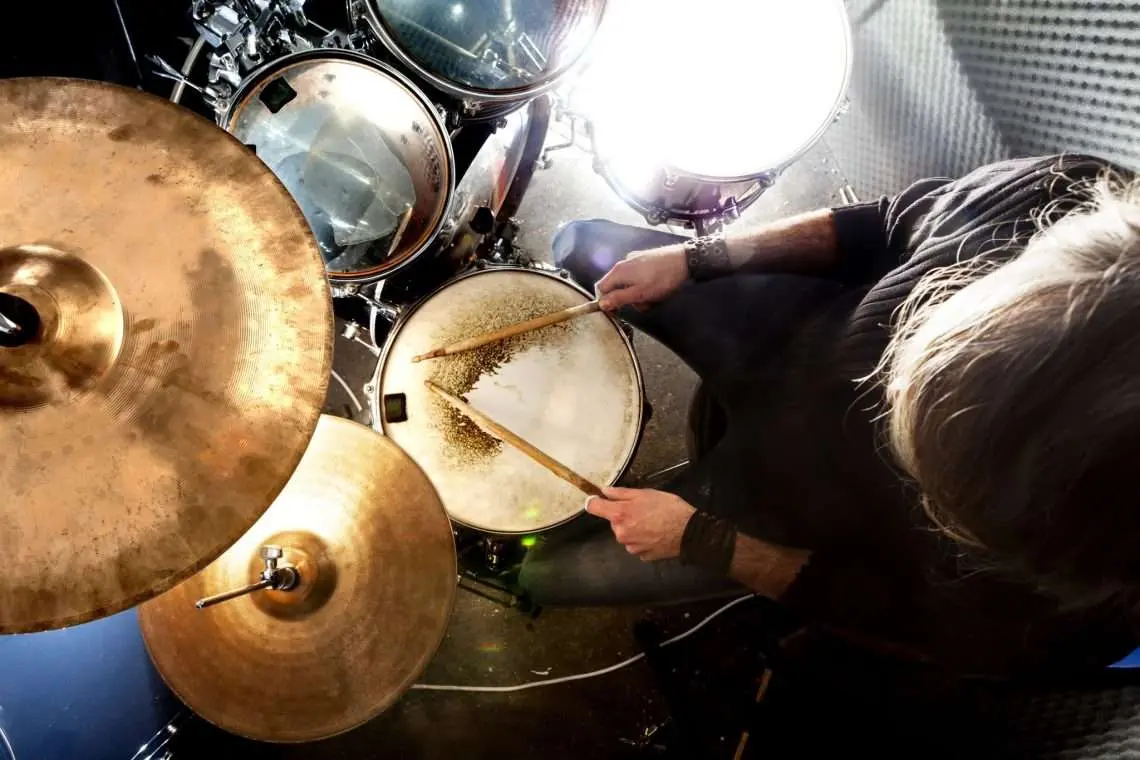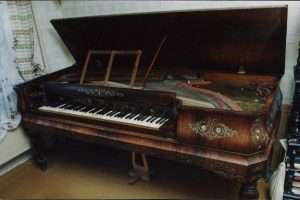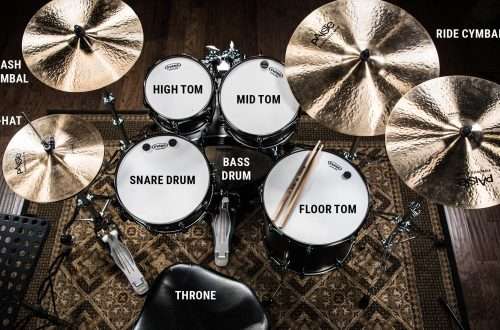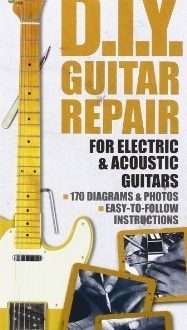
How to build a drum beat?
See Acoustic drums in the Muzyczny.pl store See Electronic drums in the Muzyczny.pl store

Playing an instrument is a form of communication, and drums are no exception. Instead of words, we operate with a rhythm, which – just like language – has its own structure, ie MEASURE = letters, TAKT = word, PHASE = sentence. A phrase, usually consisting of 4, 8, 12, 16 bars, is a sentence ended with a period. For a drummer, a period means, for example, playing a transition and hitting the cymbal. The sequence of phrases makes up the whole piece of music.
letters
Drummer Benny Greb presented a perfect analogy to letters in his school “The Language of Drumming”. His concept has received very good reviews in the world of drums. It presents the percussion set as a kind of language in which we speak to the audience. The system for learning a musical language created by Benny Greb is, as he believes himself, universal and timeless, because it works well in almost every musical style.
The idea of this school is to learn the musical alphabet, where each letter has its equivalent in part of the measure.
Here is an example:















The examples above show the letters AP, where each successive one shifts the beats one value, in this case the hexadecimal. Another variant is to play this pattern with your foot. By adding the eighth note ostinato on the hi-hat and the snare drum for “two and four”, we get the following exercises:















As we can see in the example above, the exercises involve repeating each letter many times. Mastering them helps you understand the hexadecimal structure and opens the door to further building whole phrases or words.
The words
Now, let me introduce some methods for creating using whole words. One measure should be chosen from each letter, i.e. the first measure from the letter A, the second measure from the letter C, the third measure from the letter A and the fourth from the letter D. Each subsequent measure has its equivalent in the letter (i.e. for one measure 4 / 4 have 4 letters).
Here are some examples:





We can create various rhythms from these combinations. It is great fun and at the same time a great exercise to develop your musical imagination. The above letters can also be used to practice, for example, the right hand on HH or ride, or the left hand to practice ghost notes.
Create your own example and see how it translates into your everyday gaming!
Sentences
Creating sentences is connecting words into a logical whole, i.e. a form. In the example below, I present an eight-bar phrase made of combined single-bar ADCP words, where the last bar is the ending, a summary of the phrase with a clear fill in the third and fourth measure.

The length of sentences and fillings can be freely modified. One musical sentence can last up to four bars. The pattern repeated four times gives us a phrase of sixteen bars.
A mistake often made by drummers is playing fillings that do not match the main idea of a given phrase. Speaking of structure, a mistake is, for example, to play a simple rhythm based on a slow tempo on a “one and three”, a snare drum on “two-four” and a delicate eighth hi-hat to play a very dense fill or a hexadecimal transition. in the style of Mike Portnoy.
Speaking of dynamics, it is a mistake to play the rhythm softly and pass twice as loud, without any justification – it’s like telling a child a bedtime story and shouting the last sentence.
Voice intonation = dynamics
When talking to another person, a person uses VOICE INTONATION, which plays a huge role in verbal communication. Thanks to intonation, we express emotions, and by modulating the pitch and strength of intensity, we give meaning to the words uttered. In playing the drums, the role of expression is played by dynamics, thanks to which we can give a piece a specific character. It is said that a good rhythm has the so-called groove when we feel it is carrying, it is rocking. It largely depends on the appropriate arrangement of dynamic and sonic differences.
Example:
On the snare drum itself, we can obtain several types of sounds, depending on the articulation (the way the sound is produced):
1. Cross Stick (hit the rim with a stick with one end sticking to the membrane at 1/3 distance) and of course a normal hit.
2. Ghost Notes (so-called sprites, unstressed, transitional strokes, played lightly, usually between accents).
3. Rim Shot (an accent shot obtained by hitting the diaphragm and the snare rim at the same time).
4. Pressing – a technique of making an indefinite number of strokes from one hand with one movement (otherwise press roll or buzz roll).
Normal Stroke.
How we apply dynamically different playing techniques will affect the carrying capacity of our rhythm!
summarizing
Continuous improvement of the musical language is very important for a modern drummer, because it pays off in developing your own style, including the sound and groove. The system presented in this article is perfect for practicing accuracy in playing rhythms, as well as the efficiency and independence of arms and legs, and above all – it develops imagination and allows you to consciously create new combinations in any musical style.





